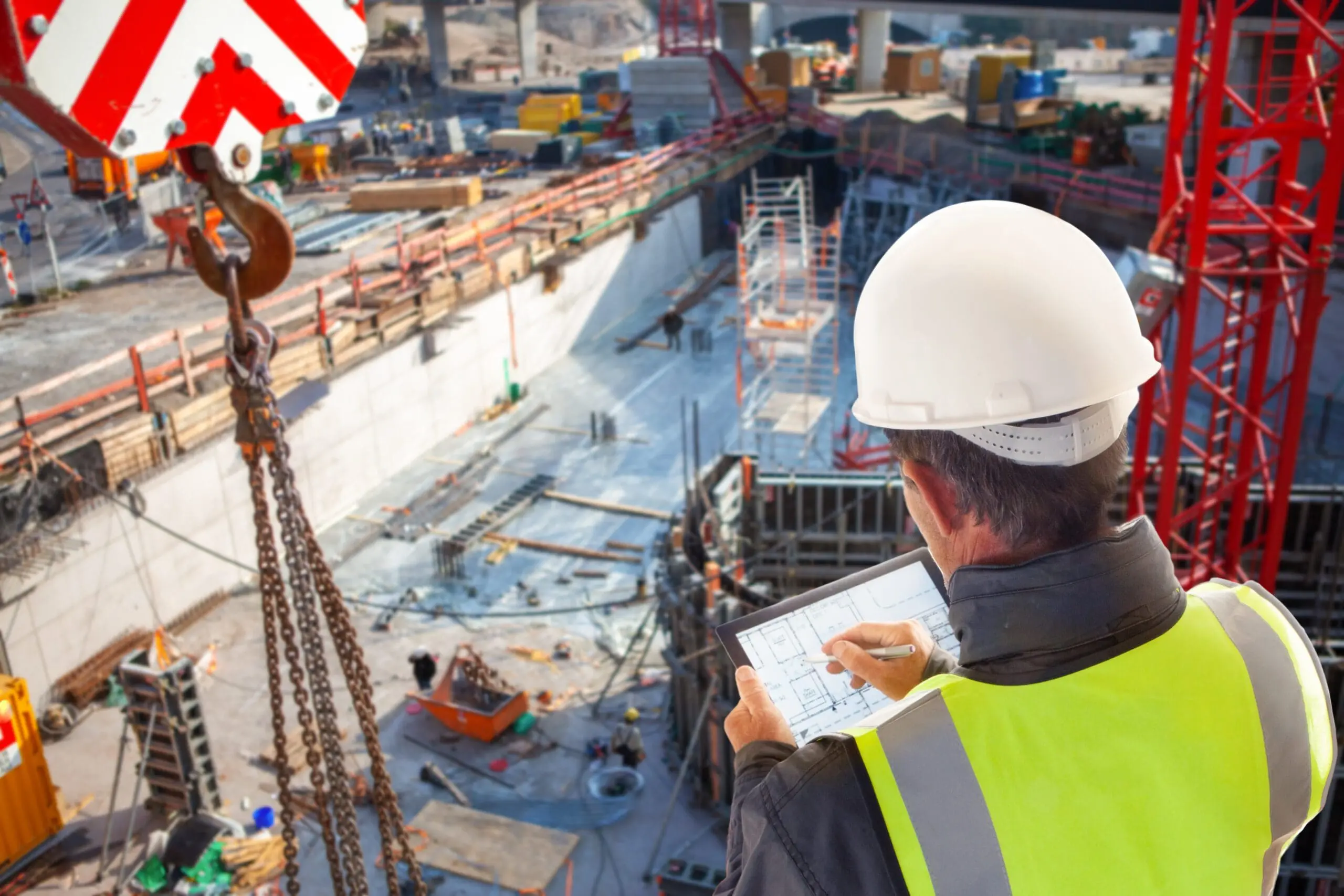By Frank Richardson
The Effect of COVID-19 on the Construction Industry
In times of boom, bust, or even war, the construction industry is accustomed to pricing volatility. But the impact of the COVID-19 pandemic on construction material costs is unlike anything the industry has seen before.
As “non-essential” manufacturing businesses shut their doors, supplies dwindled, and prices skyrocketed. Now, as the U.S. economy comes roaring back and demand continues to outpace supply, the construction industry remains saddled with high prices and delays.
According to the Joint Center for Housing Studies (JCHS) of Harvard University, the price of structural steel more than doubled since the start of the pandemic. And lumber’s retail price hit an all-time high – up 323%. Meanwhile, in the residential building sector, the cost of new and remodeling construction input costs jumped 23% and 21% percent respectively.
Project holdups are also part of the new normal. The National Association of Homebuilders says that in 2021, more than 90% of builders reported delays and material shortages of everything from concrete to copper wiring.
The knock-on effect is palpable. And nowhere is this more keenly felt than in cost estimation.
Before the pandemic, when a contractor requested a quote from a supplier, they could expect that price to be locked in until the materials were needed – typically a window of several months. But in today’s volatile market, suppliers won’t take that risk. Often, the only way to lock in a price is to buy now, even if the job won’t be completed for years into the future. This places 100% of the risk on contractors. They either buy now or risk a material price jump down the road and cost overruns – a growing likelihood in this exceptionally volatile time.
Couple these dynamics with an acute labor shortage, and contractors and building owners have a tough time ahead.
3 Ways Contractors Can Mitigate the Impact of COVID-19 on Construction Estimates
Going forward they must have a contingency plan to control material costs at the outset or mitigate the impact of price fluctuations and delivery delays. Let’s look at their options.
- Timely, accurate cost estimates
Because dealers and suppliers are only holding pricing for a few days, cost estimators need accurate, up-to-date cost information before the bidding phase. Acuity is responding to this need by updating the pricing in our SaaS-based cost estimation tool, CostCenter, on a more frequent basis.
With the insight from the cost estimation tool, contractors can set expectations with owners – before they bid – based on the most current data with a timestamp of when the price was sourced and where it originated from. They can also line up potential financing in parallel with the bid process to move on the project as soon as possible and take advantage of locked-in prices.
- Use cost data for more informed, collaborative decision-making
But estimators can’t just focus on numbers and processes. Given the dynamics of recent times, they must become a student of the world, look to the economy for cues, and have a finger on the pulse of what’s changing.
This doesn’t happen in a silo. Each project stakeholder – architects, engineers, contractors, and today’s informed owners – must come to the table together early in the design-build process to consider the impacts of market forces and review cost data to make smarter decisions while controlling costs. With a holistic view of construction costs from start to finish, they can devise solutions to address price volatility and availability. Options can include ordering alternative lower-cost materials, negotiating “buy now, deliver later” agreements with owners and suppliers, setting thresholds for the owner’s liability for increased costs versus when the contractor is held liable, and other best practices.
- Leverage advances in technology
If necessity is the mother of invention, nowhere is this truer than in the construction industry. Although traditionally slow to adopt new technology (the construction industry spends 80% less of its revenue on information technology than other industries), the pandemic propelled firms in this sector to make more use of the technology in their toolkits.
Some of this adoption was spurred by COVID-19, such as cloud-based collaboration platforms and mobile apps that aid in real-time information flow between office and field. Others provide a fix to systemic challenges in the industry. For instance, building information modeling (BIM) transforms cost estimation by allowing contractors to make more accurate and detailed estimates during a project’s conceptual stage. Meanwhile, 3D printing is now in the field, reducing the time it takes to build a house from months to hours.
It’s hard to imagine a construction job site today without technology. It’s reshaping the industry, filling gaps in labor shortages, mitigating risk, improving accuracy in cost estimation, and helping contractors and owners do more with less.
Partnership at all Levels is Key
If there’s a silver lining in the pandemic, it’s that out of crisis comes opportunity. By working together and working smarter, everyone becomes a stakeholder in the success of a project. In this way, the pandemic is changing the nature of relationships between architects, engineers, contractors, and owners – and for the better.
Instead of just tolerating each other; communication, transparency, and trust between owners, contractors, and subcontractors are critical to solving today’s unique challenges and ensuring more successful outcomes.
About the Author
Frank Richardson is the Senior Cost Analyst for CostCenter’s database of constructive tasks and assemblies. CostCenter is an advanced facility lifecycle solution that empowers professionals with cost estimating tools and current cost data.
To learn more visit costcenter.com.

